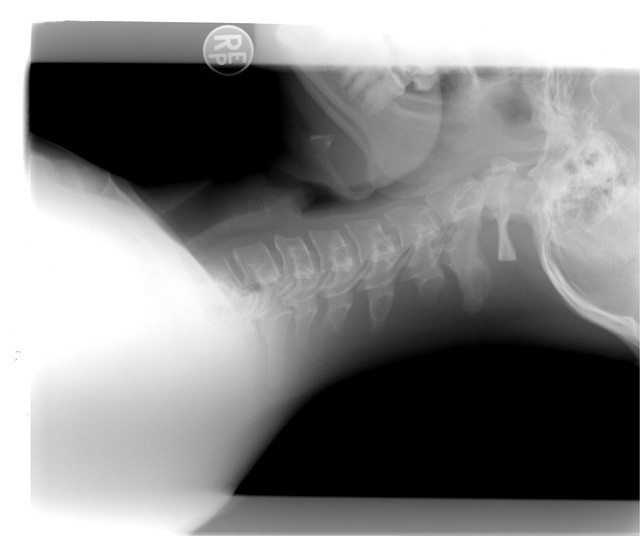In 2018, Belash, et. al., conducted study to assess the efficacy of osteopathic treatment as part of combined therapy for patients with vertebral artery syndrome (VAS). VAS is characterized by impaired blood supply in the vertebral-basilar system due to degenerative-dystrophic processes in the cervical spine. This study aimed to evaluate the benefits of incorporating osteopathic methods to alleviate functional abnormalities in blood flow.
From January 2015 to January 2017, a total of 106 VAS patients aged 20 to 60 (average age 43.1±1.0 years) participated in an experimental prospective controlled randomized study. The patients were divided into three groups: an experimental group receiving medicamentous and osteopathic treatment (n=40), a control group receiving only medicamentous treatment (n=40), and a comparison group treated with pharmacotherapy and massage (n=26). Clinical neurology, clinical osteopathy, and ultrasonic diagnostics of the brachiocephalic vessels were used to assess patient health status and treatment effectiveness.
The combined treatment approach using osteopathic correction and pharmacotherapy in the experimental group yielded positive results by normalizing the neurological status of patients and reducing both subjective and objective neurological symptoms. Additionally, the incidence of somatic dysfunctions at all levels decreased compared to the control and comparison groups. Ultrasonic examination of the neck and brain’s major vessels enabled evaluation of pathological changes in the vertebral-basilar basin (VBB). The experimental group showed a significant reduction of serious changes such as venous dishemia and decreased vasoconstriction and vasodilation reserves in the VBB by 32.1% (p<0.001). In contrast, the control group exhibited a reduction of 12% (p<0.05), and the comparison group demonstrated a 6.27% decrease (p>0.05).
In conclusion, including osteopathic manipulative treatment in combined therapy for VAS, personalized to individual cases, greatly contributes to the regression of neurological symptoms, elimination of somatic dysfunctions, and normalization of blood flow in the vertebral-basilar system. These effects enhance the long-term benefits of rehabilitative treatment for patients with vertebral artery syndrome, in conjunction with standard pharmacotherapy and correction of functional disorders using osteopathic methods.
Reference: Belash, V. O., Mokhov, D. E., & Tregubova, E. S. (2018). The use of the osteopathic correction for the combined treatment and rehabilitation of the patients presenting with the vertebral artery syndrome. Voprosy Kurortologii, Fizioterapii, i Lechebnoi Fizicheskoi Kultury, 95(6), 34-43.




